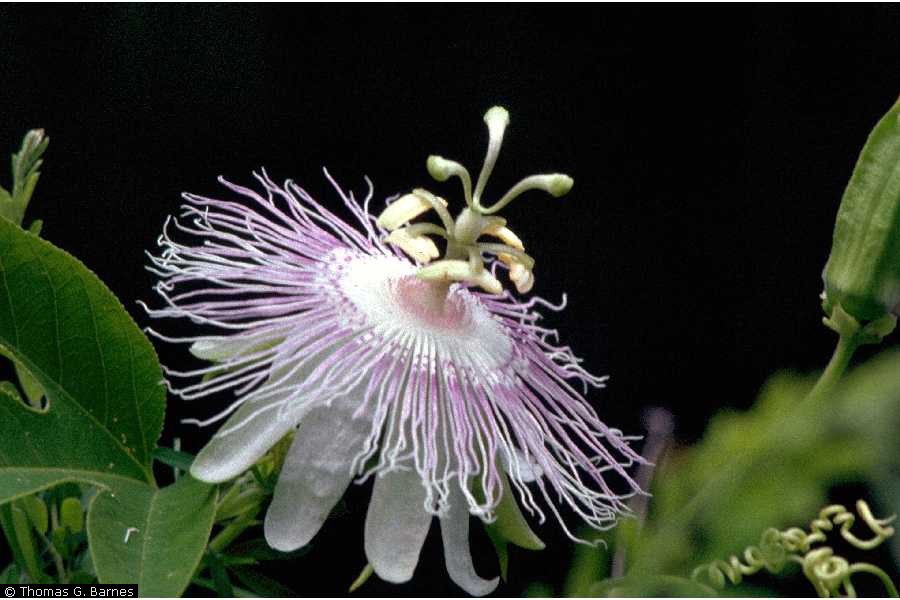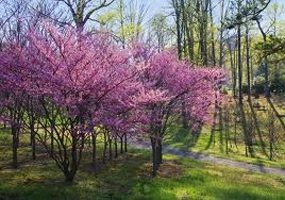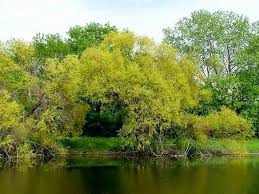$12.50
Passiflora incarnata- Passion Flower Vine, Maypop, Organically Grown Plugs
1 or more $12.50 each
Check the native status of this species for your area via the USDA Plants Database here.
For Shipping, Planting and additional FAQ’s please see “About our organically grown native plug trays “.
See all available Native Perennial Grasses & Organically Grown Plug Trays
Order Minimum
There is a minimum order total of $150.00.
before tax (VA residents only) and shipping.
There are NO EXCEPTIONS.
Description
Passiflora incarnata- Passion Flower Vine, Maypop, Organically Grown Plugs
Passiflora incarnata L.
Maypop, Purple Passionflower, Purple Passion Vine, Apricot Vine
Passifloraceae (Passion-Flower Family)
Synonym(s):
USDA Symbol: pain6
USDA Native Status: L48 (N)
Purple Passion-flower is an herbaceous vine, up to 25 ft. long, that climbs with axillary tendrils or sprawls along the ground. Intricate, 3 in., lavender flower are short-stalked from leaf axils. The petals and sepals subtend a fringe of wavy or crimped, hair-like segments. The pistil and stamens are also showy. Three-lobed, deciduous leaves are dark-green above and whitish below. The fruit is a large, orange-yellow berry with edible pulp. Like some other passion vines, Maypop spreads by root suckers.
This unusual flower is widely distributed in the Southeast, especially from Florida to Texas. The plants were given the name Passionflower or Passion Vine because the floral parts were once said to represent aspects of the Christian crucifixion story, sometimes referred to as the Passion. The 10 petal-like parts represents the disciples of Jesus, excluding Peter and Judas; the 5 stamens the wounds Jesus received; the knob-like stigmas the nails; the fringe the crown of thorns. The name Maypop comes from the hollow, yellow fruits that pop loudly when crushed. Yellow Passion Flower (P. lutea), a small yellow-flowered species, occurs from southeast Pennsylvania to Florida, west to Texas and Oklahoma, and north to Missouri, Illinois, and West Virginia.
Plant Characteristics
Duration: Perennial
Habit: Vine
Leaf Retention: Deciduous
Fruit Type: Berry
Size Notes: Climber, up to about 25 feet long.
Fruit: Yellow
Bloom Information
Bloom Color: Pink , Blue , Purple
Bloom Time: Mar , Apr , May , Jun , Jul , Aug , Sep , Oct , Nov
Distribution
USA: AL , AR , DC , DE , FL , GA , IL , IN , KS , KY , LA , MD , MO , MS , NC , OH , OK , PA , SC , TN , TX , VA , WV
Native Distribution: DE to MO, s. to e. TX & FL, also in Bermuda, introduced farther n. in U.S. Zones 7 to 10.
Native Habitat: Roadsides, Prairies, Plains, Meadows, Pastures, Savannas, Woodland edges and opening, Streams, Riverbanks
Growing Conditions
Water Use: Low , Medium
Light Requirement: Sun , Part Shade
Soil Moisture: Dry , Moist
Cold Tolerant: yes
Heat Tolerant: yes
Soil Description: Rich, non-saline clays, loams, sands.
Benefit
Use Ornamental: Showy, Blooms ornamental, Ground cover, Arbor, Twines on fences & other plants, Climbs walls & columns
Use Wildlife: Fruit-birds.
Use Food: Fruits consumed by indigenous people.
Use Medicinal: Amerindians poulticed root for boils, cuts, earaches and inflammation. (Foster & Duke) Tea used to sooth nerves; Inca brewed tonic; crushed leaves in poultices on cuts and bruises. (1 teaspoon dried leaves per cup of boiling water, steep 10 or 15 min) for insomnia, 1 cup at bedtime, as tonic up to 3 cups/day. (Castleman)
Conspicuous Flowers: yes
Attracts: Butterflies
Larval Host: Gulf Fritillary, Zebra Longwing, Crimson-patch longwing, Red-banded hairstreak, Julia butterfly, Mexican butterfly.
Nectar Source: yes
Deer Resistant: Moderate
Butterflies and Moths of North America (BAMONA)
Gulf Fritillary
(Agraulis vanillae)
Larval Host
Learn more at BAMONA Variegated Fritillary
(Euptoieta claudia)
Larval Host
Learn more at BAMONA Banded Hairstreak
(Satyrium calanus)
Larval Host
Learn more at BAMONA Red-banded Hairstreak
(Calycopis cecrops)
Larval Host
Learn more at BAMONA
Check the native status of this species for your area via the USDA Plants Database here.
For Shipping, Planting and additional FAQ’s please see “About our organically grown native plug trays “.
See all available Native Perennial Grasses & Organically Grown Plug Trays




